|
FRANK MEADOW SUTCLIFFE
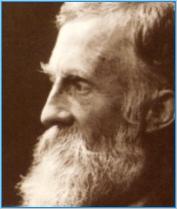 Click picture for link to shop
Click picture for link to shop
Frank Sutcliffe, born at Headingley, Leeds in 1853, set up his own professional photographic studio in a dis-used jet workshop along Waterloo Yard, Whitby in 1875 and eventually established himself in more suitable premises in Skinner Street, Whitby .Frank Meadow Sutcliffe is probably Whitby's most famous artist.
He became a pioneer in his chosen art form - photography. Sutcliffe's equipment was unwieldy and cumbersome.
His full plate cameras were constructed from brass and mahogany, complete with hand bellows. Sutcliffe worked in Whitby from the beginning of his career in 1875, using a technique that employed wet collodian, but he soon had to move with the times, turning to the use of dry plates.
Despite his awkward equipment, Sutcliffe was able to create images of unsurpassed elegance and sensitivity. His photographs, almost all of Whitby and its environs, captured a truth not available to those working with brushes or pencils. ore than any other artist of his time Sutcliffe was able to illustrate real life. Unlike a modern photographer who can snap off rolls of film and choose the best image, each of Sutcliffe's shots had to be carefully
composed. His obvious love of Whitby, Staithes and other nearby villages shines through. Sutcliffe retired from photography in 1922 and became curator of the Whitby Literary and Philosophical Society, a position he held until his death in 1941.
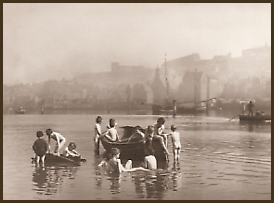 The Water Rats
The Water Rats
Frank Sutcliffe's most famous photograph. The fact that the local clergy of Whitby 'excommunicated' Sutcliffe for showing this print to the corruption of the other 'sex' has at times tended to eclipse the sheer artistic and technical brilliance of this photography.
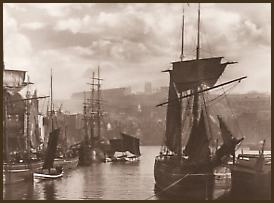 The Dock End
The Dock End
The 'Alert' is on the right. She was built as a sloop at Whitby in 1802 by G. and N. Langbourne and later converted to a schooner. When the photograph was taken she was owned by Anthony
Jackson and Edward Barker. Lying at the left are the 'Lively', 'Sara' and
'Hopewell'.
 Jet Workers
Jet Workers
During the latter half of the nineteenth century the manufacture of jewellery from locally mined jet was one of Whitby's main industries. Situated in Haggersgate and owned by William
Wright, this was the only jet workshop equipped with gas-engine powered lathes.
Today you can still see jet being made in Whitby at the Jet museum on upper
church street near the Duke of York pub inside Is all the old tools they used to
use.
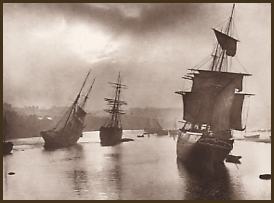 Belle Island
Belle Island
A Whitby 'cat' aground near Belle Island in the upper harbour. A 'cat' was a boat with a flat keel designed for loading and unloading cargo, very often coal, from the beach. The 'Endeavour',
the first ship used by Captain James Cook on his voyages of discovery, was also a Whitby built 'cat'. Captain James Cook chose this kind of vessel because its flat bottomed
keel was large enough to hold all the stores for a long voyage and at the same
time small enough to be steered through unknown passages and shallow waters.
Belle island is now reclaimed and Is a car park.
 Whitby Abbey
Whitby Abbey
The ancient ruins of the Abbey dominate the East Cliff and have long been used
as a landmark by seamen.
This has been a religious site since 656 A.D. when King Oswy of Northumberland
founded St. Hilda's Saxon monastery. The early building was destroyed by Vikings
and was refounded in 1077. 2000 saw the 460th anniversary of the Abbey's
dissolution. Caedmon, the first English poet lived and worked here as a cowherd.
Perhaps this thought did not escape Frank Sutcliffe as he took this photograph.
Over the winter months English Heritage have being digging out the pond. Which
was over grown and filling up hopefully They've got it right and it looks like
the picture above.
 St. Hilda's Terrace
St. Hilda's Terrace
A winter scene looking down St. Hilda's Terrace towards Flowergate. This view has changed little since Sutcliffe's time. The iron railings on the left were taken as scrap metal during
World War II and the boundary wall at the right demolished and re-built to allow
some road widening to take place.
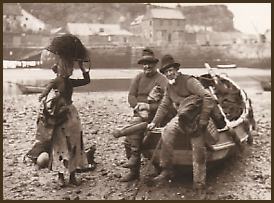 Fisher Folk
Fisher Folk
The setting; Tate Hill Beach in Whitby lower harbour circa 1898.The group is arranged around the fishing coble 'Lily'.
 The 'Opal' of Whitby
The 'Opal' of Whitby
She was built at Greenock in 1845 and in 1865 registered at Whitby. Seen here in Whitby's upper harbour 'The Opal' worked as a trading vessel until 1899 when she was sold to the Cleveland Flour
Mill as a lighter - a boat which loads and unloads between larger vessels and
the wharf.
 The Flag of Distress
The Flag of Distress
The brig 'Mary and Agnes' being pounded ashore by the storm off Whitby beach on 24th October 1885 whilst sailing from London to Newcastle with a cargo of scrap iron, under her master, Thomas
Pearson.
Pictures courtesy of T
HE SUTCLIFFE GALLERY, 1 FLOWERGATE, WHITBY, NORTH YORKSHIRE, ENGLAND. YO22 3BA.
TELEPHONE (01947) 602239 FAX (01947) 820287
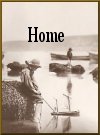
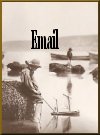
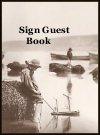
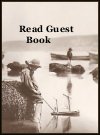

|